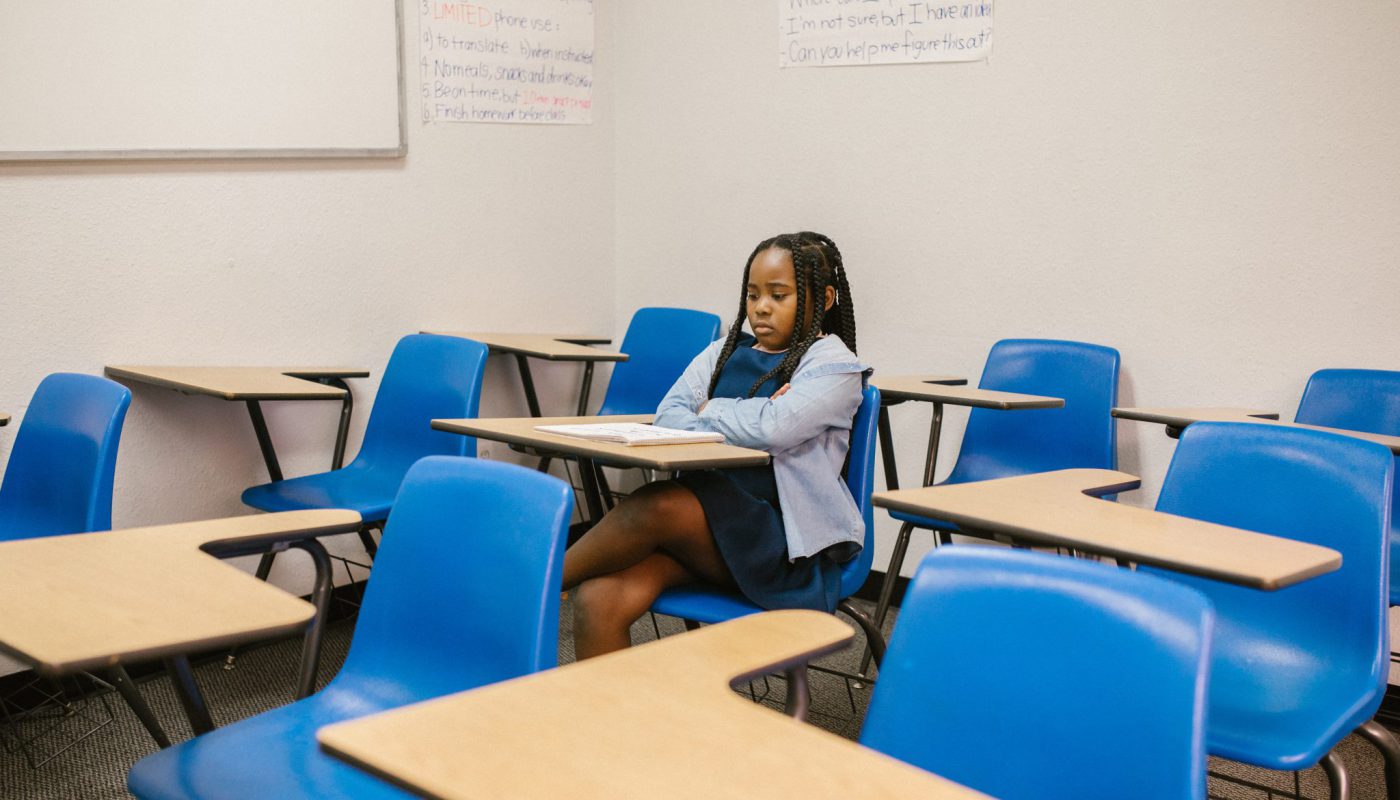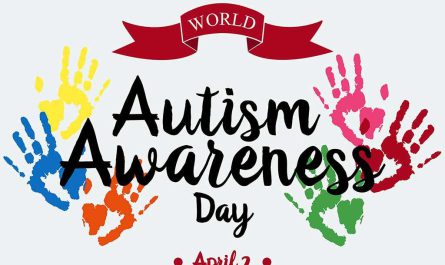Schools are gradually reopening across the country and students are heading back to their classrooms, but a return to the ‘old normal’ is unlikely, at least for now. Instead, we have to make adjustments to the pressing new normal’, while ensuring that we wear masks, maintain social distancing, and do frequent handwashing, among other mandates.
As the pandemic is dragging on, it is taking a toll on both the physical and mental health of people, especially children. Parents and educators are trying to gauge the extent of its impact on student’s mental health.
According to a report, over 50% of school children said that the pandemic caused their mental health problems. More than 30% of students believe that they have seen a “moderate amount” of changes and 25% of students said that they have experienced a “great deal” in mood swings and depression because of the pandemic. The report further added that at least 70 per% of students said that they used tMHFA (teen Mental Health First Aid) to tackle the stress.
But the question that we need to ask is—how to identify mental health-related symptoms in students once they are back in classrooms after more than a year.
Marty-Swanbrow-Becker, an associate professor at the Florida State University, said says that educators must look out for the sudden changes in students’ behavior and their daily activities due to mental health problems. According to him, if students refuse to participate in normal activities or begin lashing out in ways that can cause self-harm, hurt themselves or hurt others- he/she must be provided with immediate counseling and support in dealing with the situation.
According to the National Alliance on Mental Illness (NAMI), about one in five youth aged 13-18 live with mental health conditions as depression, anxiety, and stress are correlated and affect students’ academic performance, schools must be proactive in identifying mental health-related problems and providing the much-needed support system.
There are some common signs of mental health disorders in students. Some of them are as follows:
• Feeling sad and not getting pleasure from anything
• Having trouble concentrating on something
• Excessive fear and anxiety
• Extreme mood swings
• Trying to stay away from friends and daily activities
• Trouble sleeping, feeling tired, and decreased energy
• To be away from reality and let imagination dominate thinking and understand it as reality
• Trouble coping with everyday problems
• Difficulty understanding the position of others
Once the students are back in the classroom, the school can play a significant role in identifying the early symptoms of mental health problems.
Here are five ways of helping at-risk students.
Identify students at risk of mental health related crisis:
Teachers can notice small changes in behavior —– sleeping in the classroom, avoiding communication with friends, staying away from daily activities, not focusing during the class, eating unhealthy food –which may be early signs of mental health disorder.
According to a WHO report, 70% of mental health-related problems can be addressed in schools through early interventions. The report says that schools can offer mental health disorder support to those who need help from at-risk students before it turns into a serious problem.
This is a school’s various sources—providing support staff or taking from technology.
School administrators should alert parents and family members if their children have any kind of difficulties during communication or find if they notice any sudden changes in their children’s behavior.
Conduct Mental Health Awareness Camps:
Schools can conduct awareness classes on mental health-related problems, such as anxiety disorders, obsessive-compulsive and related disorders, neurodevelopmental disorders, anxiety disorders, etc. Mayo Clinic, the Arizona-based non-profit organization, explains in a blog that schools can help in identifying mental health-related symptoms through such sessions.
Provide open-door policy for children’s mental health :
Open door policy means—allow parents or family members to see the activities of their children in schools. Parents can observe what is going on with their kids and how they behave in the classrooms with their friends and teachers.
Health experts consider an open-door policy as one of the best ways to prevent mental health problems in students. The policy provides students to fill the communication gap among the class’ friends. They can talk about their concerns and share problems with their friends.
Schools can also deploy mental health staff who can listen to them and can help to bring them out from mental trauma.
life skills to tackle mental health problems
Life skills for man essential part of a child’s development, even more, when they suffer from some part of students to succeed in their life but it also plays an important role during their mental health disorder.
Schools can provide a range of essential life skills to develop students’ future and help them in tackling negative feelings and stress. Some of the essential life skills that the students can acquire are decision making, better communication, critical thinking, problem-solving, self-defense, among others.
Schools need to create an environment where students feel comfortable, secure, and have a sense of belongingness. Schools should encourage students to express themselves and feel adopt a new way to promote mental health skills. Schools must encourage that students are not alone and they are free to talk on any topic, including their family problems, with their teachers and friends
Encourage connections to support students’ mental health
Schools must encourage students to engage as much as possible with their classmates. To improve connectedness among students, schools can arrange a range of activities, including sports, between students and teachers.




